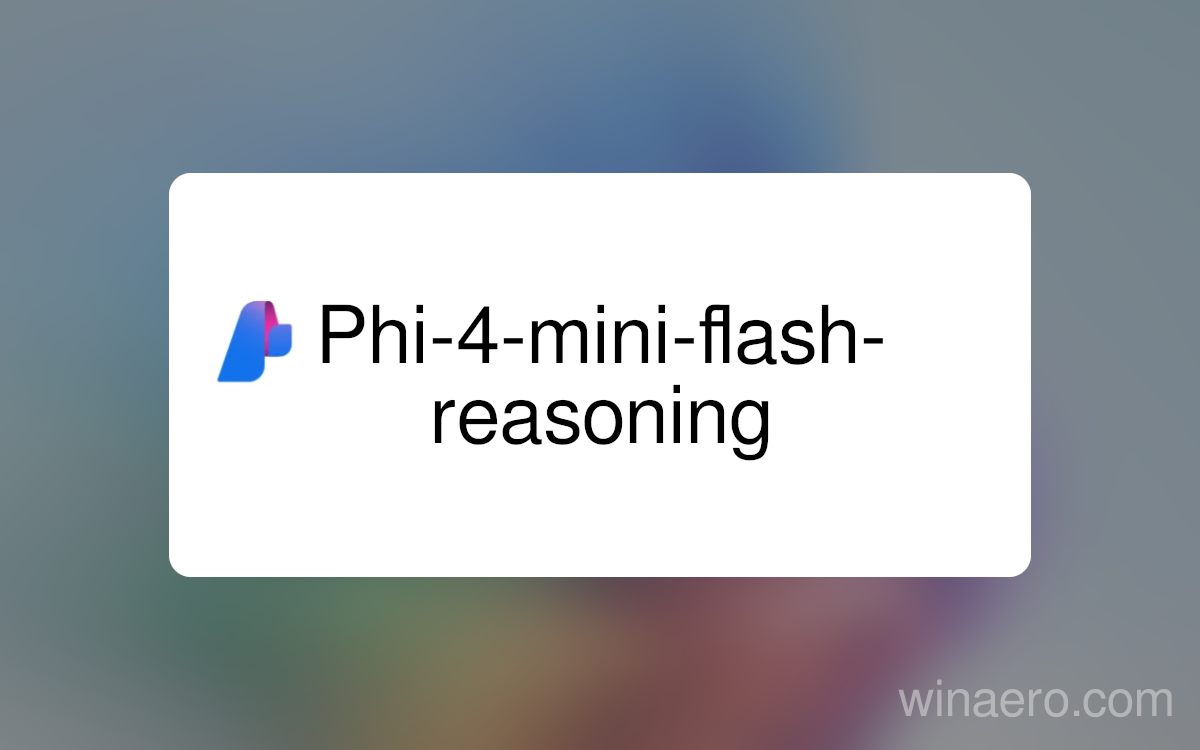Microsoft has released a new small language model called Phi-4-mini-flash-reasoning, the main benefit of which is to enhance logical reasoning capabilities on devices with limited resources, be they smartphones, peripherals or embedded systems.
The new Phi family model is based on the SambaY architecture with a key element called the Gated Memory Unit (GMU). This module ensures efficient information exchange between the internal parts of the model, which significantly improves performance even when processing very long queries and large volumes of text.
Microsoft claims that the throughput of Phi-4-mini-flash-reasoning is up to 10 times higher than other models of the Phi family. In practice, this means that in the same amount of time, the model can process 10 times more requests or generate 10 times more text. In addition, the developers managed to reduce the delay in generating a response by 2-3 times.
Phi-4 mini-flash-reasoning is also performs well in mathematics and structured reasoning, making it a valuable tool for educational technology (EdTech), lightweight simulations, and automated assessment systems.
Microsoft believes the new model will be particularly useful in the following areas:
- Adaptive learning, where immediate feedback is important.
- Reasoning agents running directly on the device, such as mobile tutorials.
- Interactive learning systems that dynamically adjust the complexity of content to the student's performance.
The new Phi-4 mini-flash-reasoning model is now available to developers on the Azure AI Foundry platforms, the NVIDIA API Catalog , and Hugging Face.
Support us
Winaero greatly relies on your support. You can help the site keep bringing you interesting and useful content and software by using these options:
